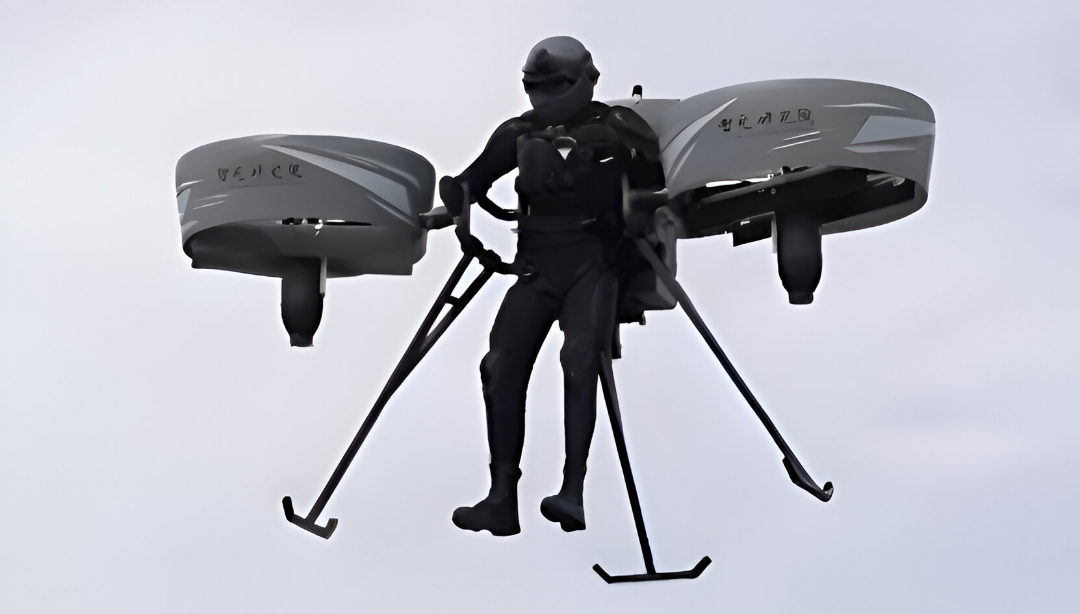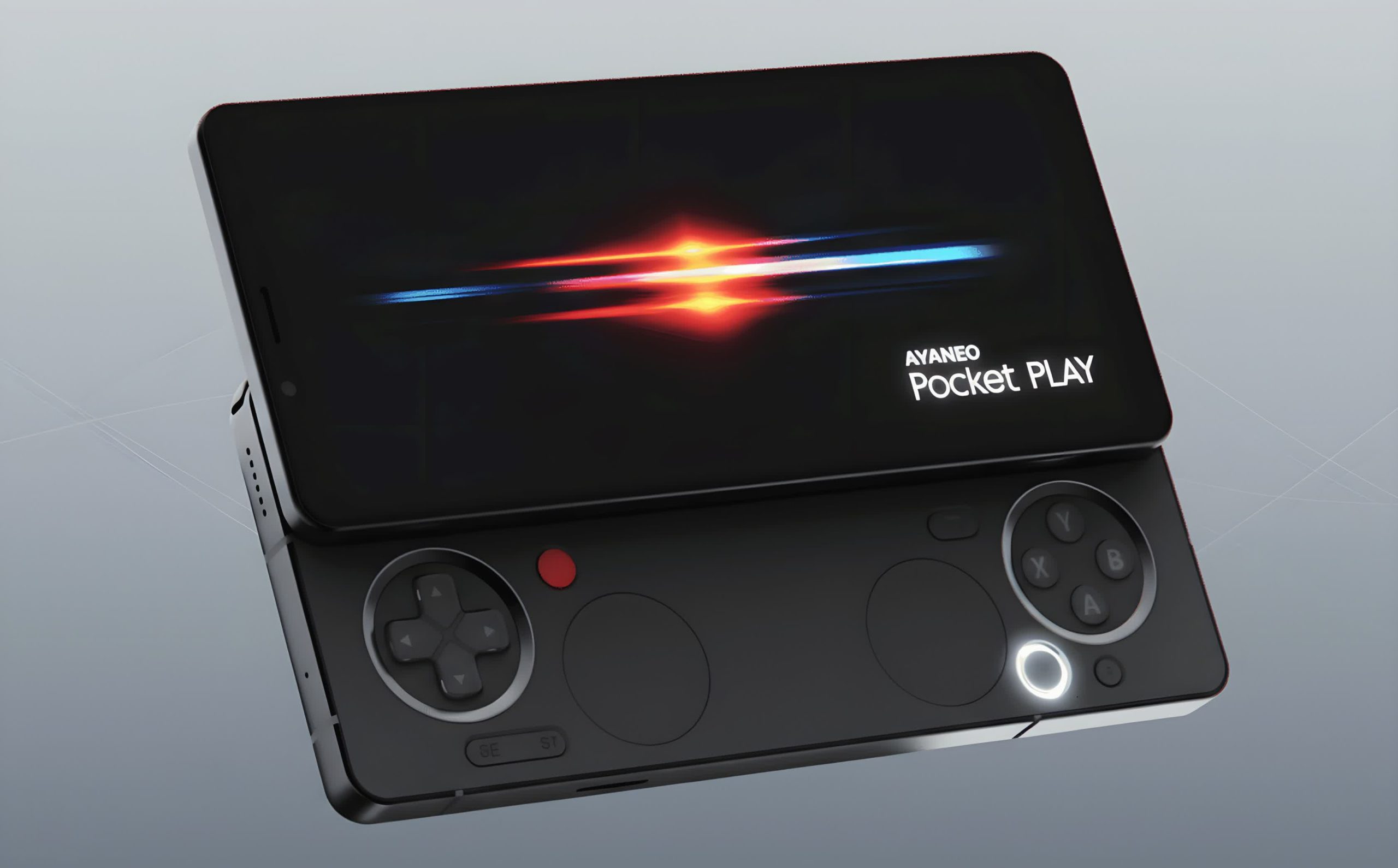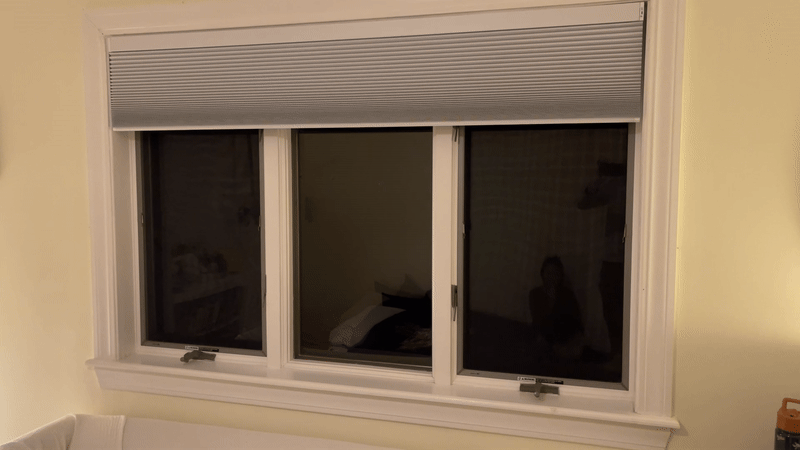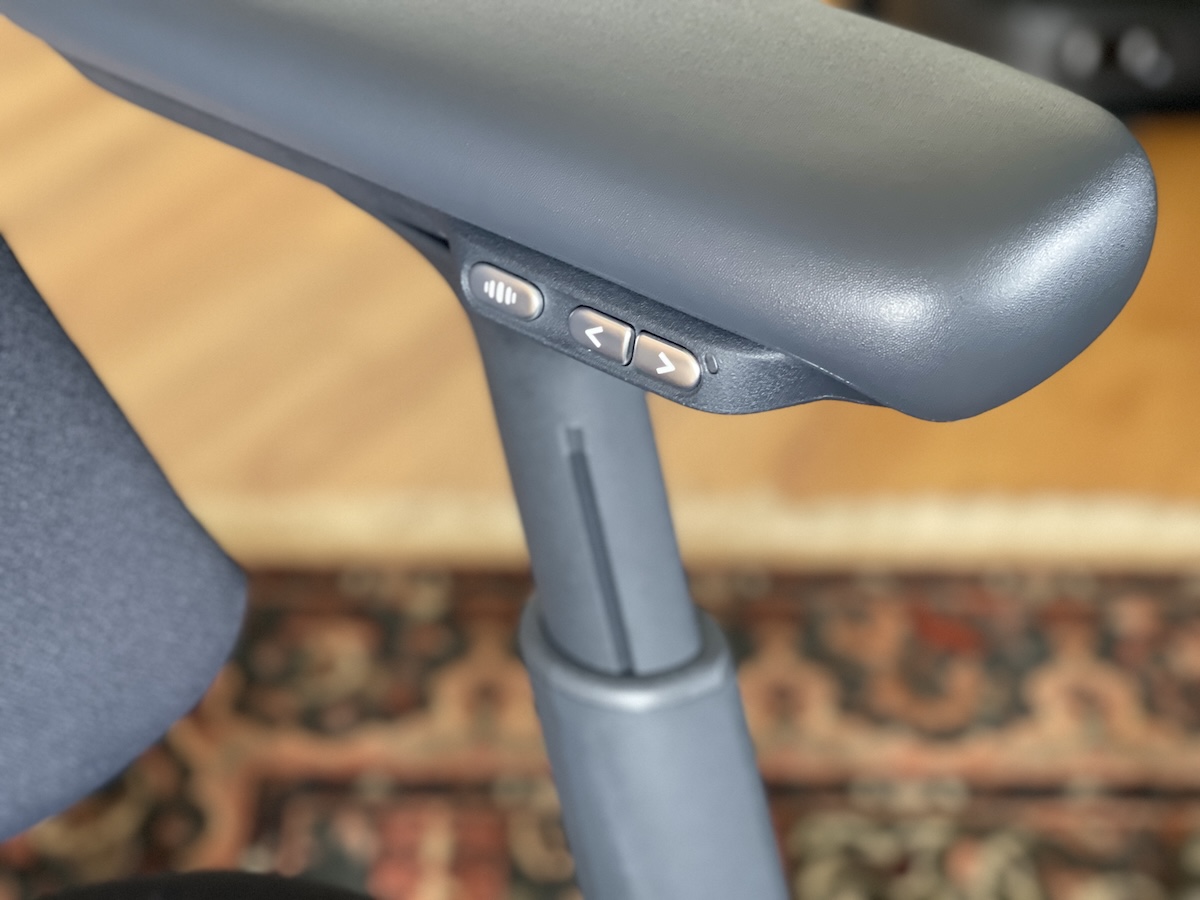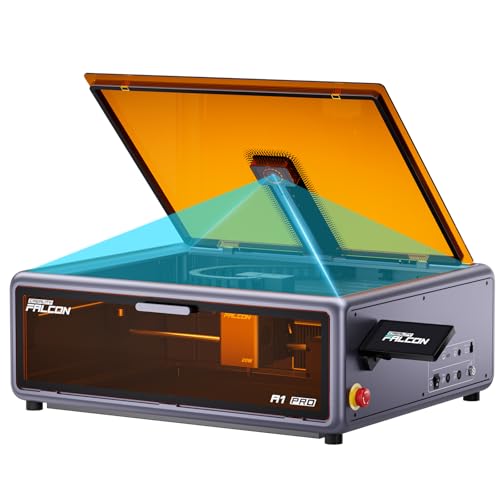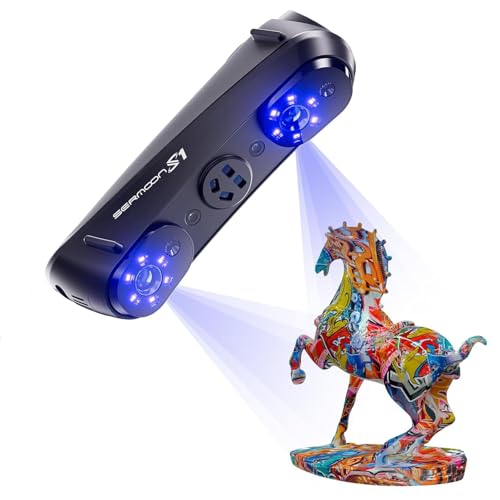China has unveiled what could be the future of personal flight. The Zhiyuan Research Institute in Hangzhou has developed what they claim is the world’s first tri-ducted eVTOL aircraft—a wearable electric Vertical Take-Off and Landing vehicle designed for individual use. Unlike traditional aircraft, this innovative device is worn on the body, allowing users to fly using technology reminiscent of science fiction. With improved safety, simplified controls, and powerful thrust systems, it could transform how humans move through the air. This breakthrough marks a major step in China’s expanding “low-altitude economy,” a key focus of the country’s 2025 development strategy.
Revolutionary Tri-Ducted Design

The most striking feature of Zhiyuan’s wearable eVTOL is its unique tri-ducted propulsion system. Unlike typical drone designs with exposed propellers, this vehicle houses its power propellers inside three ducts positioned strategically on the left, right, and rear of the device. This arrangement isn’t just for show – it significantly improves how the vehicle moves through air. The ducted design increases aerodynamic efficiency, helping the pilot achieve better flight performance while using less energy.
Another major advantage of the tri-ducted system is noise reduction. By enclosing the propellers inside ducts, the vehicle generates less noise pollution than typical open-rotor designs. The three-point propulsion layout also provides greater reliability during hovering. If one propeller experiences issues, the other two can compensate to maintain stability. This redundancy is crucial for safety in personal flight systems, where any failure could be catastrophic. The entire system is designed to be worn on the body while providing enough thrust to lift a person safely into the air.
Safety and Control Systems

Flying personal aircraft comes with obvious safety concerns, which Zhiyuan has addressed through multiple innovations. The eVTOL includes an emergency system allowing pilots to quickly detach from the device and deploy a low-altitude parachute if something goes wrong. This safety feature provides crucial protection for users who might find themselves in trouble while airborne. The parachute system is designed specifically for the low altitudes where this vehicle typically operates.
Controlling a personal aircraft could be challenging for inexperienced users, so Zhiyuan developed a ground control station to assist with flying. This system enables steady hovering and can even perform autonomous hands-free flights when needed. The flight control technology can handle turbulent conditions safely, maintaining stability even when air conditions aren’t ideal. For more experienced users, the system also allows for agile movements when necessary, giving pilots flexibility to navigate through the air with precision while wearing the device.
Applications and China’s Low-Altitude Economy

This wearable eVTOL isn’t just a thrilling novelty – it has practical applications across multiple sectors. Emergency rescue operations could use these devices to reach victims in difficult terrain where traditional vehicles can’t go. Workers could easily access electrical infrastructure maintenance points or clean skyscrapers without bulky equipment. The technology also offers potential for tourism through sightseeing and leisure experiences, allowing people to explore landscapes from entirely new perspectives.
The wearable eVTOL represents the latest advancement in China’s expanding “low-altitude economy” – an emerging industry centered around aircraft operating below 1,000 meters. The Chinese government has identified this sector as a priority in its 2025 development plans, promising support for next-generation air mobility technologies. This focus includes drones, eVTOLs, and other aircraft used for transportation, logistics, tourism, and public services. By developing innovative platforms like this wearable flight system, China aims to establish leadership in personal aerial transportation and create new economic opportunities in this growing field.


